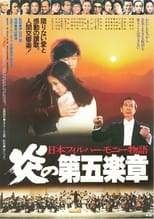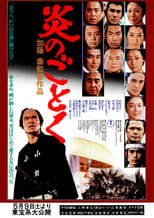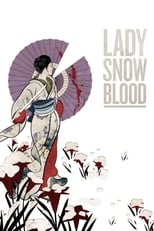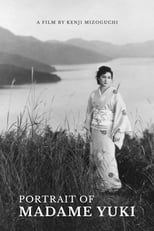

Makoto Matsuzaki
Born: May 7, 1932
in Kyoto Prefecture, Japan
in Kyoto Prefecture, Japan
Movies for Makoto Matsuzaki...

Title: Fifth Movement
Released: September 19, 1981
Type: Movie
When a broadcasting company takes away its financial support from a symphony orchestra, some of the members refuse to admit defeat. The first violinist returns to his home and manages to get the orchestra back together for a grandiose performance, saved at the last minute by their original conductor -- and boding well for the future of the die-hard musicians.


Title: Flames of Blood
Released: January 1, 1981
Type: Movie
The story is set in Bakumatsu and revolves around the Bunta Sugawara character, a yakuza (of course :) but instead of a modern yakuza/gangster, he's a gambler/bakuto). After he kills someone and gets wound, is saved by a blind woman (Mitsuko Baishô), who took care of him. They has a happy time under the protection of the Tomisaburo Wakayama character, an oybun. But of course, happy time doesn't last long. The story is also related to Okada Izo and the Shinsengumi (w/ Kondo Isami played by Makoto Sato)


Title: Lady Snowblood
Character: Daikashi
Released: December 1, 1973
Type: Movie
Yuki's family is nearly wiped out before she is born due to the machinations of a band of criminals. These criminals kidnap and brutalize her mother but leave her alive. Later her mother ends up in prison with only revenge to keep her alive. She creates an instrument for this revenge by purposefully getting pregnant. Yuki never knows the love of a family but only killing and revenge.


Title: Portrait of Madame Yuki
Character: Bellboy
Released: October 21, 1950
Type: Movie
A young woman takes up her new job as the servant of a noblewoman and soon discovers that underneath her facade of luxury lies great unhappiness.


Title: A Fond Face from the Past
Character: Masa-chan
Released: January 18, 1941
Type: Movie
A Fond Face from the Past is also set in a rural community, specifically a village outside Kameoka, near Kyoto. In some ways this short, thirty-six-minute film is Naruse's most moving negotiation of the militarist restrictions of the time, perhaps because it is also his most direct engagement with the culture of war. When a newsreel comes to Kameoka featuring a local man named Yoichi, it causes some excitement in the community and, of course, in Yoichi's own family. First of all his mother makes the newsreel (Nippon News, no. 14), which begins with the same marching music that opens his own film, followed by a curious baby judging context in Los Angeles featuring two hundred Japanese babies. Released in January 1941, almost a year before the pacific war begins, this “found footage” is indicative of Japanese imperialist ambitions beyond Asia long before Pearl Harbor.
